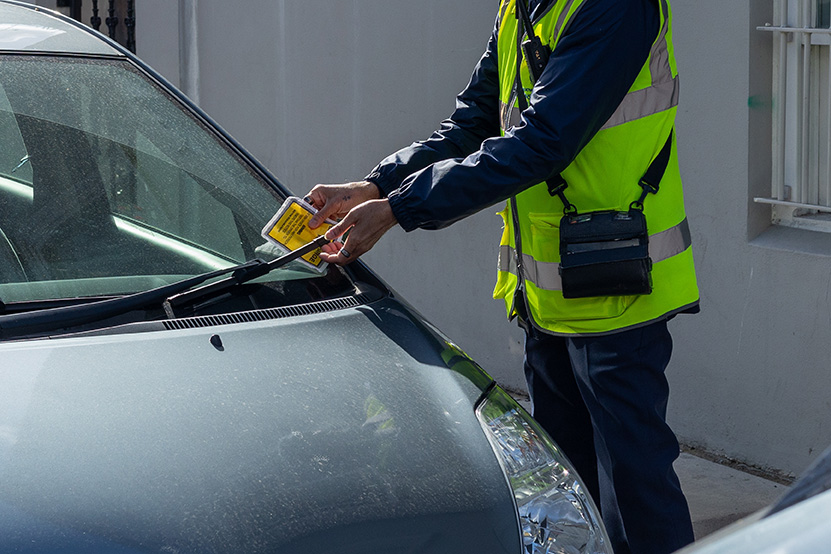What Are Wet Timing Belts?
If you manage a fleet, you’ll know that vehicle maintenance is key to keeping operations running smoothly. But did you know that wet timing belts could be causing hidden damage to your vehicles?
Introduced by some manufacturers to improve fuel efficiency and reduce emissions. Unlike traditional dry timing belts, these belts are housed inside the engine and constantly bathed in oil. While this design has its benefits, it also comes with a major downside: they wear out faster than expected, leading to expensive repairs and even engine failure.
Why Wet Timing Belts Are a Problem for Your Fleet
Many popular fleet vehicles from brands like Ford, Citroën, Peugeot, Vauxhall, Honda, and Toyota have wet timing belts. While they were designed to last longer, real-world use has shown otherwise. Here’s why they’re a headache for fleet managers:
Faster Degradation
As they are always in contact with engine oil, they break down quicker, especially if the wrong type of oil is used. Over time, they can deteriorate before the manufacturer’s recommended replacement interval, catching fleet operators off guard.
Engine Blockages
As the belt wears down, tiny rubber particles mix with the engine oil. This debris gets circulated through the engine, potentially clogging vital components, leading to reduced performance, increased repair costs, and, worst of all, total engine failure.
Unexpected Costs & Downtime
A failed wet timing belt can result in costly repairs and vehicle downtime, which can significantly impact your fleet’s productivity. Ford, for example, has reduced the recommended replacement interval on some models due to failures, and Stellantis (Peugeot, Citroën, Vauxhall) has even extended warranties on affected vehicles. However, these changes don’t eliminate the risk of breakdowns.
How to Prevent Wet Timing Belt Issues in Your Fleet
The good news? Regular maintenance and inspections can help you avoid costly repairs and unexpected downtime. Here’s what you can do:
Conduct Daily Vehicle Inspections
With Fleet Service GB’s Driver and Fleet Management services, you can ensure your vehicles are checked daily helping drivers spot early warning signs of timing belt issues before they escalate.
Stick to the Right Oil
Using the manufacturer-recommended oil is crucial. The wrong oil can accelerate belt wear, increasing the risk of failure. If you’re unsure, check your vehicle manual or speak to your fleet service provider.
Schedule Regular Garage Inspections
Partnering with a trusted garage network ensures your vehicles get expert attention. Fleet Service GB’s Garage Network handles wet timing belt inspections and replacements, keeping your fleet running smoothly.
Replace Belts Early
Don’t wait for a failure to happen! If your fleet includes models with wet timing belts, consider replacing them earlier than the manufacturer’s guidelines—especially if your vehicles cover high mileage.
FAQs About Wet Timing Belts
What vehicles are affected by wet timing belt issues?
Models from Ford, Peugeot, Citroën, Vauxhall, Honda, and Toyota, particularly those produced between 2012 and 2021, are at risk. Key affected models include the Ford Transit, Peugeot 208, Citroën Berlingo, and certain Vauxhall PureTech engines.
How often should they be replaced?
Although manufacturers originally recommended up to 150,000 miles, real-world experience suggests replacing them as early as 100,000 miles or even sooner for high-mileage fleet vehicles.
Can using the wrong oil damage a wet timing belt?
Yes! Using non-recommended oil can accelerate belt wear, leading to engine damage. Always use the manufacturer-approved oil type.
Read more about wet timing belt issues and manufacturer recalls here.
FAQs About Fleet Service GB
What does Fleet Service GB offer?
We provide Driver and Fleet Management services, including daily vehicle inspections, maintenance tracking, and access to our trusted Garage Network, helping fleets stay on the road and avoid costly breakdowns.
How can Fleet Service GB help with wet timing belt issues?
Our Garage Network offers professional inspections and replacements for wet timing belts, ensuring your vehicles are maintained correctly to avoid unexpected failures.
How do I sign up for Fleet Service GB’s services?
Get in touch with us today to learn how our fleet management solutions can help you reduce downtime and save on maintenance costs.
Final Thoughts
Wet timing belts are a hidden threat to many fleet vehicles, but with proactive maintenance, you can prevent costly repairs and breakdowns. By using Fleet Service GB’s Driver and Fleet Management services, conducting daily vehicle inspections, and utilising our Garage Network, you can keep your fleet in top condition and avoid unexpected failures.
Need help managing your fleet? Contact Fleet Service GB today!



